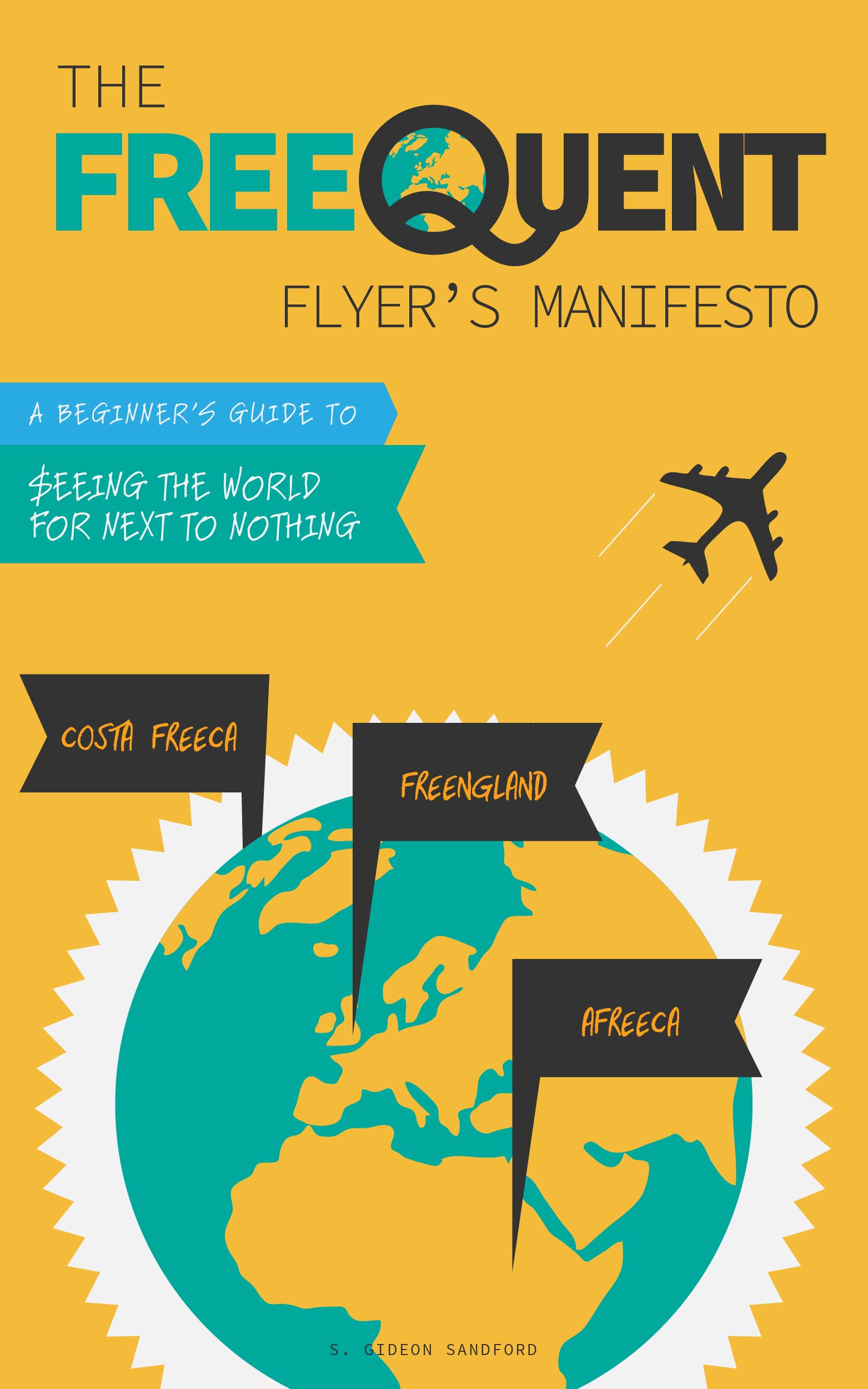Plink: it works, but changes are coming
/I've mentioned a few times here on the blog a new retail marketing program called Plink, which works a little like the dining rewards programs operated by several airlines (and the Upromise cashback system). With dining programs, you can typically register up to 6 or so credit and debit cards, and then each time you make a purchase at a participating restaurant, you earn some number of airline miles or cash back.
Plink works slightly differently, in that you register a card by entering your online banking login information. Plink then identifies your eligible cards with that bank and you can select a single card (instead of 6 or more), where your eligible purchases will be recorded.
If you think this seems to have a lot of disadvantages over dining rewards programs, you'd be right. I'm writing about it because it also has a few advantages.
First of all, Plink has a wider array of retailers than just restaurants. Most importantly for me, it gives $2.50 worth of Plink points for each purchase of $25 or more at 7-11 store locations – including store locations coded as gas stations on Visa and MasterCard credit cards.
Now, ordinarily the temptation is to make purchases as close as possible to the eligibility threshold (in this case, $25) in order to maximize the rebate value of your rewards. However, since PayPal My Cash and Vanilla Reload Network reload cards have a flat reload fee of $3.95 per card, you're only reducing your cost per dollar of manufactured spend, not actually making money, through this technique so there's no advantage to splitting your purchases up.
Changing your registered card account is easy
Thanks to the Discover it and Chase Freedom "gas station" Quarter 3 bonus categories, I bought a lot of PayPal My Cash cards at 7-11 this quarter. And I can happily report that changing the card you have registered to your Plink account is easy and instantaneous. I had to register my Discover, Chase, and Bank of America accounts this quarter, and the change went through without a hitch. However, be sure that your points have posted from all your transactions so far before changing your linked credit card.
Problems with points posting
As I indicated in the title of this post: Plink works, earned points post, and they can be redeemed for Amazon gift cards almost instantly (you have to wait for an e-mail from their gift card contractor).
However, I did run into one problem with my points posting: when I made two 7-11 purchases using a Bank of America credit card on the same day, apparently Plink was not able to differentiate the charges in my Bank of America account transaction history, and I only received Plink points for one of them.
For that reason I've stopped making multiple 7-11 purchases with a Plink-linked card on the same day, and since then all my points have posted correctly.
Changes coming
Unfortunately, starting September 23, 2013 7-11 purchases will only earn 150 Plink points (worth $1.50 when you have earned enough points to make a redemption – 500 is the current minimum) on purchases over $20. This is a transparent attempt to pay out less to those who have been taking full advantage of the current payout rates. However, those 150 Plink points will still reduce your cost per dollar of manufactured spend to 0.49 cents, from 0.78 cents – better than a hole in the head. If you're able to liquidate PayPal My Cash cards using a 1% cash back PayPal Debit MasterCard, that will bring your CPD down to 0.27 cents.



